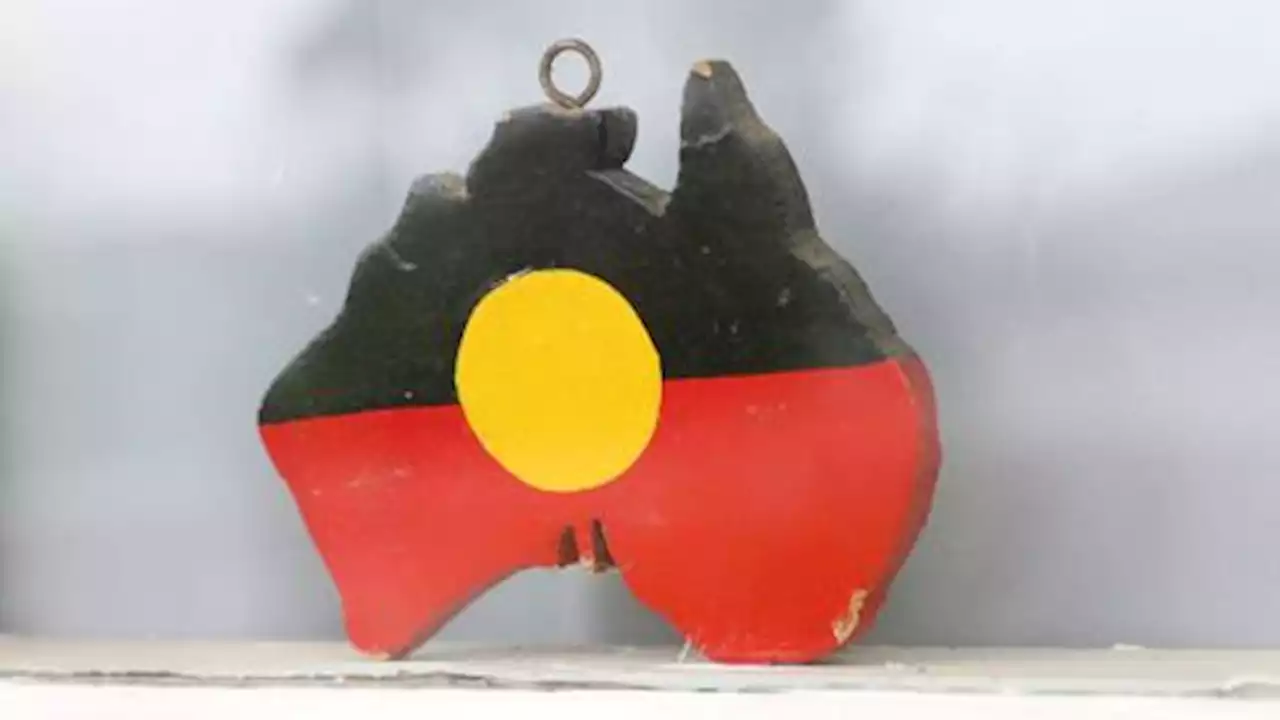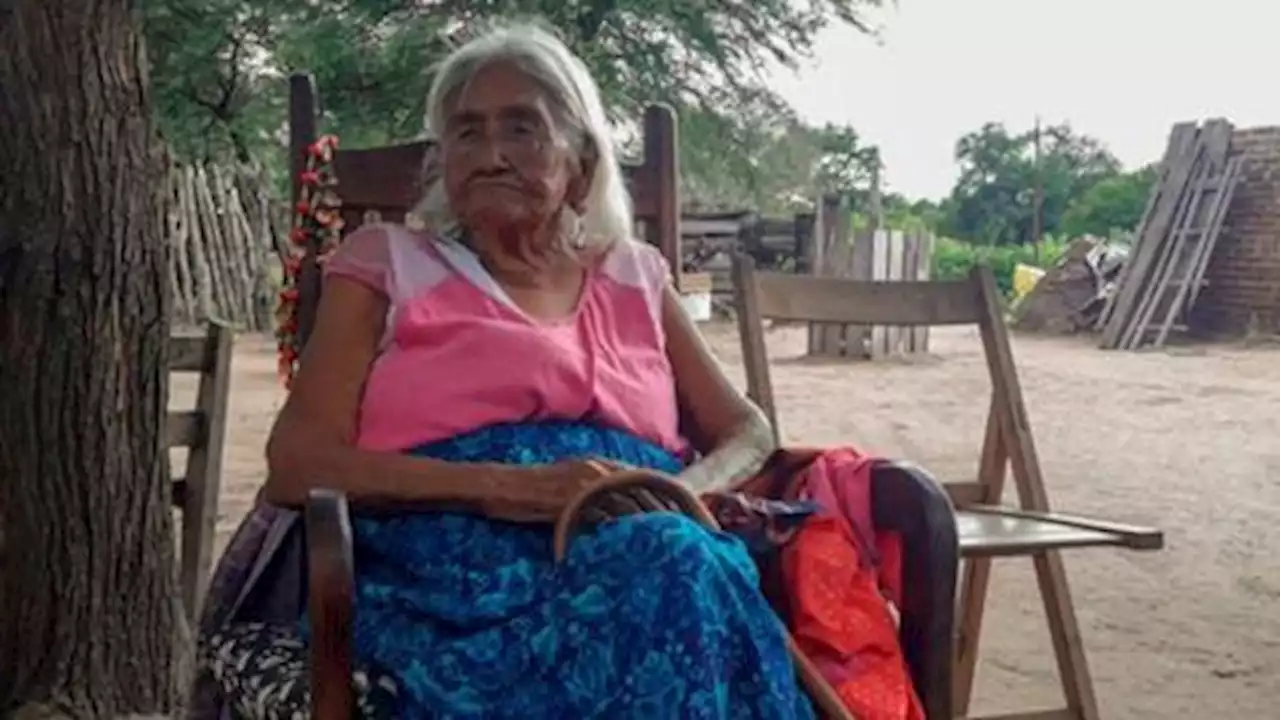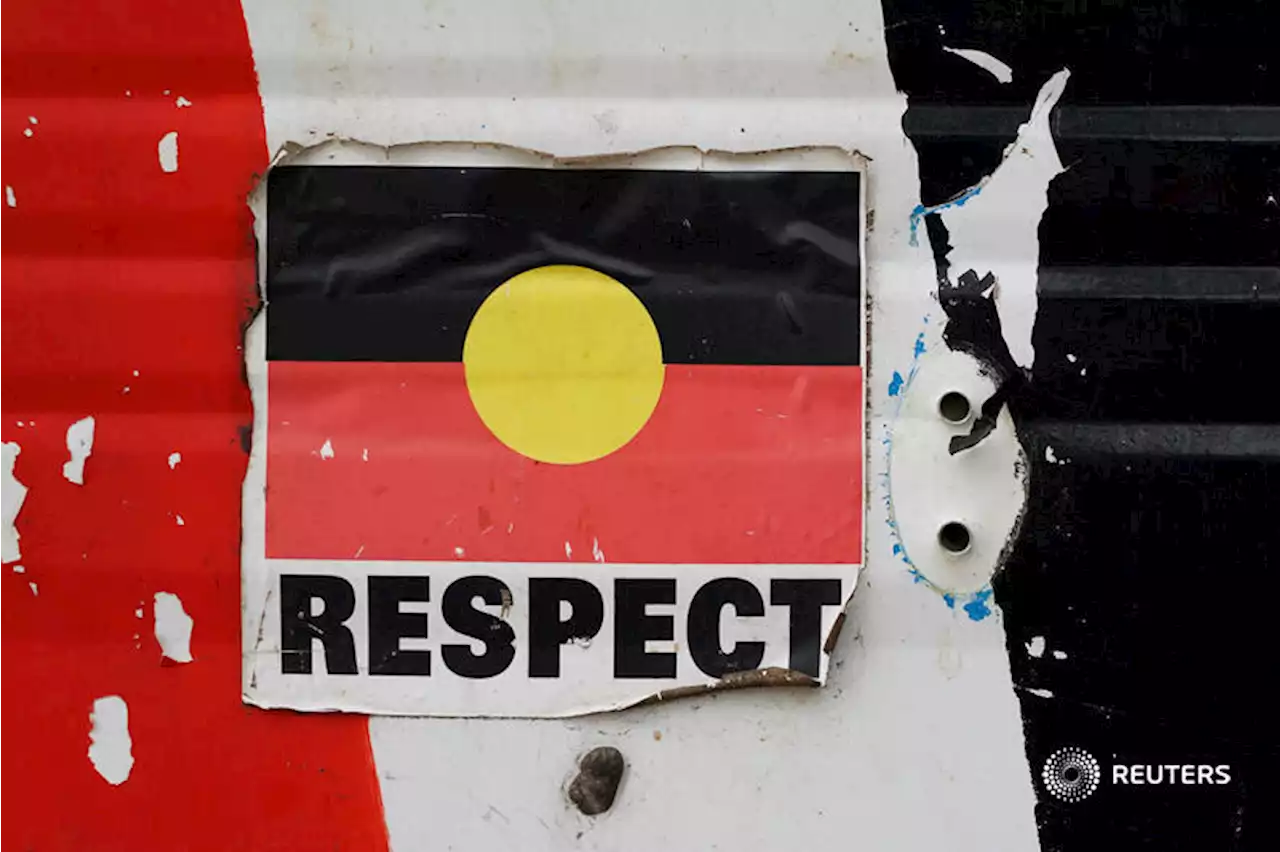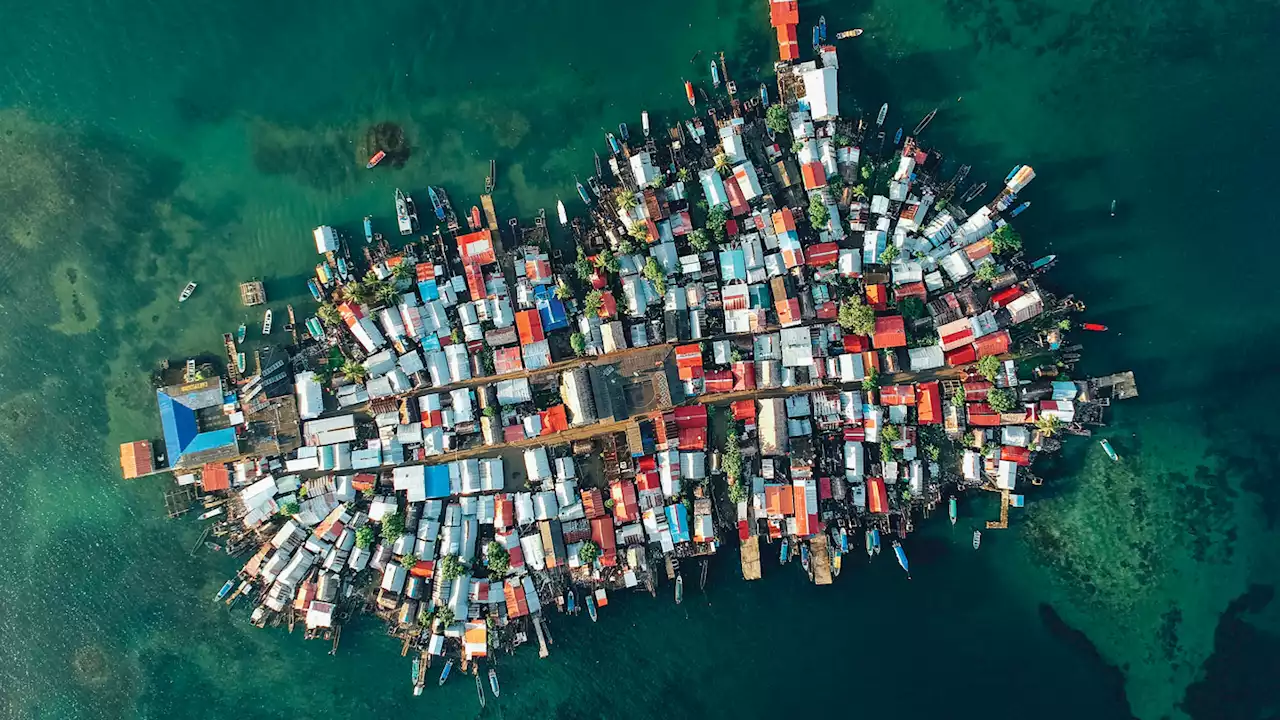The Guna are the Indigenous people in Latin America who have been perhaps most successful in defending their cultural heritage, language and territory.
In pictures from high above, the island of Gardi Sugdub resembles a container shipyard — small, brightly colored dwellings are jammed together cheek to jowl. At ground level, the island, one of more than 350 in the San Blas archipelago off the northern coast of Panama, is hot, flat and crowded. More than 1,000 people occupy the narrow dwellings that cover virtually every bit of the 150-by-400-meter island, which is slowly being swallowed by rising seas driven by climate change.
All of the islands of the San Blas archipelago will eventually be underwater and uninhabitable, says Steven Paton, who directs the Physical Monitoring Program at the Smithsonian Tropical Research Institute in Panama. “Some may need to be abandoned very soon while others not for many decades,” he adds.The Guna Yala territory includes a strip of land along Panama’s northern coast and the more than 350 nearby islands.
Measurements of the ocean surface height from satellites suggest sea levels are rising at an average rate of several millimeters per year across much of the Caribbean. Estimates for local sea level rise are limited by the availability of data from tide gauges .The Guna people of the islands are sustained by the biodiversity there. The sea, mangroves and nearby mainland forests provide food, medicine and building materials.
Today, Murphy says, storm surges carry water into her small, ground-level home. “It’s very different than in the past,” she says. “The waves are so much higher now.” About two years ago, she decided she’d move with her family. “We can’t stay here.”Historically, the Guna have had a level of autonomy rare among Indigenous people. When the Spanish conquistadors arrived in what is now Colombia and Panama, the Guna lived primarily near the Gulf of Urabá on the northern coast of Colombia.
United States Latest News, United States Headlines
Similar News:You can also read news stories similar to this one that we have collected from other news sources.
 Task force urges North Pacific Fisheries Management Council to incorporate more local and Indigenous knowledgeThe Local Knowledge Traditional Knowledge and Subsistence Information Task Force presented recommendations to the Scientific and Statistical Committee on how to incorporate more local and traditional knowledge into the NPFMC's decision-making process.
Task force urges North Pacific Fisheries Management Council to incorporate more local and Indigenous knowledgeThe Local Knowledge Traditional Knowledge and Subsistence Information Task Force presented recommendations to the Scientific and Statistical Committee on how to incorporate more local and traditional knowledge into the NPFMC's decision-making process.
Read more »
 'Judas betrayal': Indigenous Australians slam opposition's referendum standSenior Indigenous leaders blast Australia's main opposition party's 'Judas betrayal' for declaring it would campaign against a proposal to constitutionally recognise the country's Aboriginal and Torres Island people
'Judas betrayal': Indigenous Australians slam opposition's referendum standSenior Indigenous leaders blast Australia's main opposition party's 'Judas betrayal' for declaring it would campaign against a proposal to constitutionally recognise the country's Aboriginal and Torres Island people
Read more »
 Rosa Grilo, last Indigenous survivor of Napalpi massacre, dies in ArgentinaThe 115-year-old, eyewitness and survivor of 1924 carnage in northern Chaco province, was known for her testimony that established Argentina state's role in the massacre of some 400 members of Qom and Moqoit communities.
Rosa Grilo, last Indigenous survivor of Napalpi massacre, dies in ArgentinaThe 115-year-old, eyewitness and survivor of 1924 carnage in northern Chaco province, was known for her testimony that established Argentina state's role in the massacre of some 400 members of Qom and Moqoit communities.
Read more »
 Canada agrees to $17B settlement over mistreatment of Indigenous familiesSettlement impacts some 300,000 children, adolescents and families and would close around 15-year-old case that found Ottawa had underfunded Indigenous children's services compared to those for non-Indigenous children.
Canada agrees to $17B settlement over mistreatment of Indigenous familiesSettlement impacts some 300,000 children, adolescents and families and would close around 15-year-old case that found Ottawa had underfunded Indigenous children's services compared to those for non-Indigenous children.
Read more »
 'Judas betrayal': Indigenous Australians denounce opposition for rejecting referendumSenior Indigenous leaders on Thursday criticised Australia's main opposition party's 'Judas betrayal' for declaring it would campaign against a proposal to constitutionally recognise the country's Aboriginal and Torres Island people.
'Judas betrayal': Indigenous Australians denounce opposition for rejecting referendumSenior Indigenous leaders on Thursday criticised Australia's main opposition party's 'Judas betrayal' for declaring it would campaign against a proposal to constitutionally recognise the country's Aboriginal and Torres Island people.
Read more »
 High fashion at high latitudes: Event showcases Indigenous designLast week's Far North Fashion Show, a highlight of the three-day Arctic Encounter Symposium, showcased Indigenous designs that are traditional, contemporary and a blend of the two. (via AlaskaBeacon)
High fashion at high latitudes: Event showcases Indigenous designLast week's Far North Fashion Show, a highlight of the three-day Arctic Encounter Symposium, showcased Indigenous designs that are traditional, contemporary and a blend of the two. (via AlaskaBeacon)
Read more »
